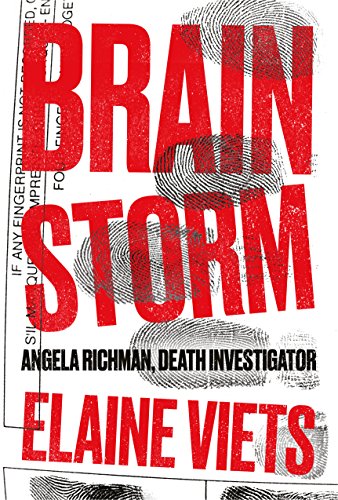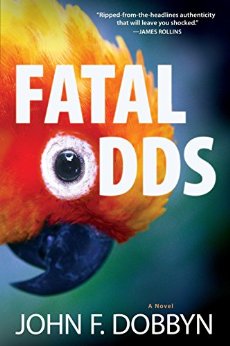

August 1 – 7: “Tone: does consistency counter the unexpected and suspense?”
 Some writing teachers suggest that tone is about attitude and that tone should be consistent throughout a book. But doesn’t consistency counter the unexpected and suspense? This week we hear from Elaine Viets and John F. Dobbyn discussing tone.
Some writing teachers suggest that tone is about attitude and that tone should be consistent throughout a book. But doesn’t consistency counter the unexpected and suspense? This week we hear from Elaine Viets and John F. Dobbyn discussing tone.
~~~~~
 Award-winning mystery writer Elaine Viets has written 29 mysteries in three series. The Art of Murder is her fifteenth Dead-End Job mystery. Brain Storm, the first book in her Angela Richman, Death Investigator series, debuts August 2 as a trade paperback, e-book and MP3 CD.
Award-winning mystery writer Elaine Viets has written 29 mysteries in three series. The Art of Murder is her fifteenth Dead-End Job mystery. Brain Storm, the first book in her Angela Richman, Death Investigator series, debuts August 2 as a trade paperback, e-book and MP3 CD.
 Following graduation from Harvard College and service in the United States Air Force, John F. Dobbyn obtained a Juris Doctorate degree from Boston College Law School, and a Master of Laws degree from Harvard Law School. While teaching law as a professor at Villanova Law School, the author published 25 short stories in Ellery Queen’s Mystery magazine and Alfred Hitchcock’s Mystery Magazine. Four novels in the Michael Knight/Lex Devlin series have been published by Oceanview Publications – Neon Dragon, Frame Up, Black Diamond, and Deadly Diamonds, with the fifth, Fatal Odds, to be published on August 2, 2016.
Following graduation from Harvard College and service in the United States Air Force, John F. Dobbyn obtained a Juris Doctorate degree from Boston College Law School, and a Master of Laws degree from Harvard Law School. While teaching law as a professor at Villanova Law School, the author published 25 short stories in Ellery Queen’s Mystery magazine and Alfred Hitchcock’s Mystery Magazine. Four novels in the Michael Knight/Lex Devlin series have been published by Oceanview Publications – Neon Dragon, Frame Up, Black Diamond, and Deadly Diamonds, with the fifth, Fatal Odds, to be published on August 2, 2016.
- LAST GIRL MISSING with K.L. Murphy - July 25, 2024
- CHILD OF DUST with Yigal Zur - July 25, 2024
- THE RAVENWOOD CONSPIRACY with Michael Siverling - July 19, 2024
